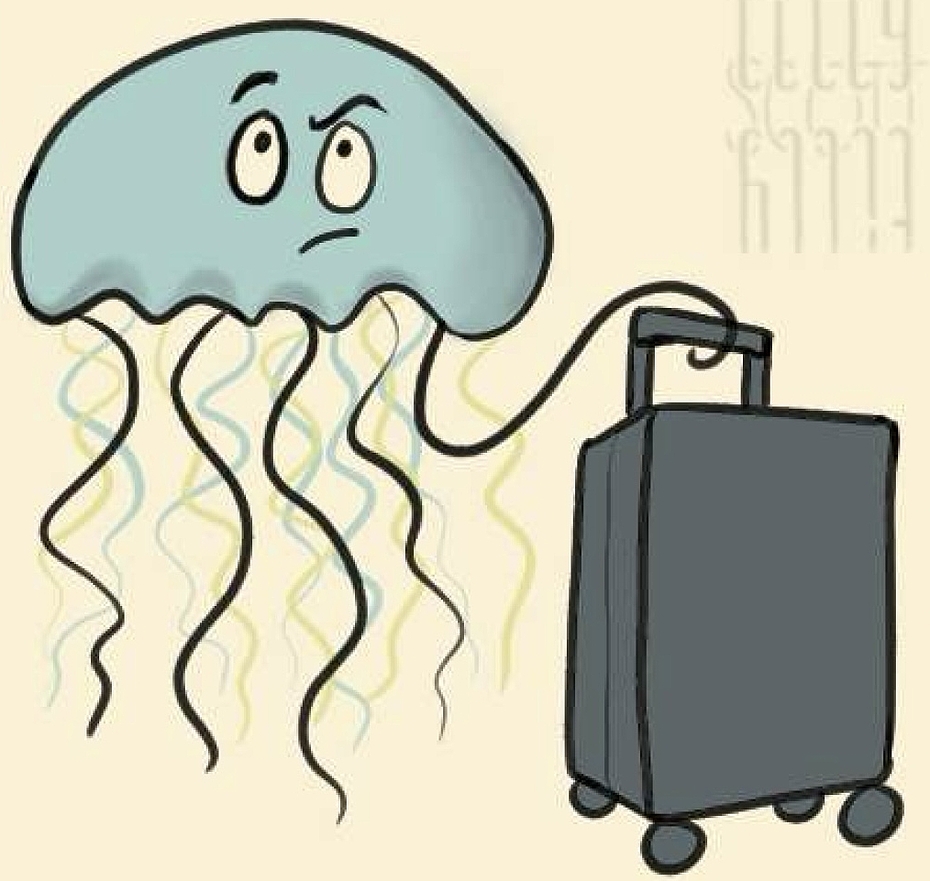Project A.17

- PhD student: Gaurav Athreya
- Supervisor: Hanna Kokko
- Co-Supervisors: Ann Kathrin Huylmans
- Further TAC-members: Dr. E.Y. Yagmur Erten (University of Groningen)
- Research Group
Organisms often are not locally adapted to their environment. Sexual reproduction (as opposed to asexual) and dispersal are two widely-evolved mechanisms that enable a lineage to “abandon a sinking ship” - escape the stressful environment. However, even though they are seemingly interchangeable in their consequences, there is a very generic co-occurrence of both sex and dispersal in diverse life cycles, with examples from the plants, insects, fungi, and Cnidarians. Why?
Many plants’ seeds, which are sexually produced, are equipped with structures that allow them to disperse long distances, whereas vegetative i.e. clonal propagules are often associated with philopatry – no dispersal. There are examples of algal species where both sexual and asexual spores disperse, but the sexually produced ones go farther in distance. There are some facultatively sexual insects where the females don’t have wings when laying eggs that can develop parthenogenetically, whereas they develop wings only when sexually reproducing. More examples exist, all suggestive of the same pattern: a widespread correlation between sex and dispersal in the life cycles of many organisms.
In my project, I try to construct explanations for this general observation using mathematically tractable and simulation models of evolving populations. The question of why this co-occurrence exists is sharpened when one realizes (Gerber and Kokko, 2018) that both sex and dispersal are two different ways for a lineage to accomplish the same thing – to “abandon a sinking ship” i.e. to escape, or quicker adapt to, an environment that is currently stressful. Why should organisms evolve to invest in both mechanisms if they are interchange-able, or if they aren’t, what form of selection pressure is necessary to elicit this co-occurrence over the course of evolution?
We address these questions by explicitly modelling the life cycle of an enigmatic taxa that exemplifies the pattern we are interested in: the Medusozoan Cnidarians i.e. jellyfish! The average jellyfish has two main life stages, a sessile polyp and a motile medusa. Polyps can reproduce asexually to form more polyps close to themselves, leading to the formation of a polyp colony. They can also sexually produce a polyp generation, but for this they must first bud to produce medusae, and the medusae disperse and spawn gametes, which can lead a new polyp. There is a complex interplay here: reproduction and dispersal decisions influence the level of local competition, the possibility of inbreeding depression, the rate of adaptation to environmental heterogeneity, etc.This project will hence shed light on the evolutionary history of jellyfish, and more broadly the question of how life-histories must cope with simultaneous selection on reproduction and dispersal.
